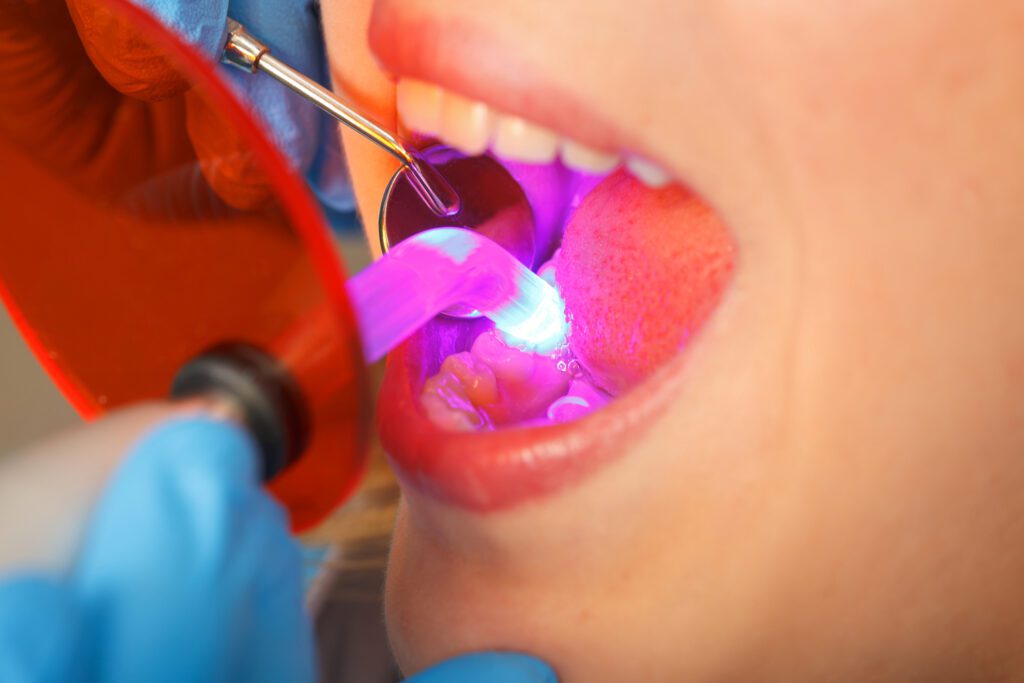Dental bonding is a common cosmetic dentistry treatment in our Towson, MD, dental office. A bonding treatment can address tooth chips, cracked teeth, worn teeth, tooth discoloration, and even slightly crooked teeth. Patients may have questions about bonding before undergoing treatment, whether they’re good candidates for treatment, if dental bonding is removable, and what bonding can do for their smiles. We’re here to answer these questions and more.

Dental Bonding FAQs: Cosmetic Dentistry in Towson, MD
Before you want to commit to bonding treatment, you may have questions about treatment. Discover more about tooth bonding treatment with answers to these common questions:
Can dental bonding treat cavities?
Similar materials are used in white fillings and dental bonding treatment. White or composite fillings use a composite resin that is color-matched to the tooth. Composite fillings are great options for patients because they blend in with the smile and still provide durability. After cleaning and disinfecting a cavity, a dentist places a filling to seal the tooth and restore the tooth structure.
Who is a good candidate for dental bonding treatment?
We recommend dental bonding treatment for patients who need to treat dental injuries or tooth discoloration. Bonding offers a quick and convenient treatment for patients who want to cover one or more teeth.
Can you remove tooth bonding from teeth?
Yes, dental bonding treatment is easily reversible. Patients who receive bonding treatment only need some tooth preparation with a liquid that roughens the tooth surface. Bonding does not remove any of the natural enamel.
Is dental bonding cheaper than veneers?
Tooth bonding treatment is usually a more economical cosmetic option than veneers. Patients who receive bonding treatment also typically only address one or several teeth. Veneers can cover one or all of the teeth in the smile line, covering the teeth that show when you smile.
Can you whiten bonded teeth?
No, bonding material, like other materials we use in cosmetic dentistry, does not react to the active ingredients in whitening treatment. Dental bonding can help brighten teeth but cannot be whitened. We recommend replacing the bonding material if patients have dull or old bonding.
Do bonded teeth look natural?
When we add bonding material to single teeth, we make sure they are color-matched to either brighten the tooth or blend in with it. Once we color-match the tooth-colored material, we make sure it is smooth and blends in seamlessly with the smile. The bonded tooth should be indistinguishable from your natural teeth.
Do you have more dental bonding questions for our team? Contact Cosmetic and Advanced Dentistry today at (410) 697-6290. You may also request a dental appointment with us online. We will be happy to help you.
